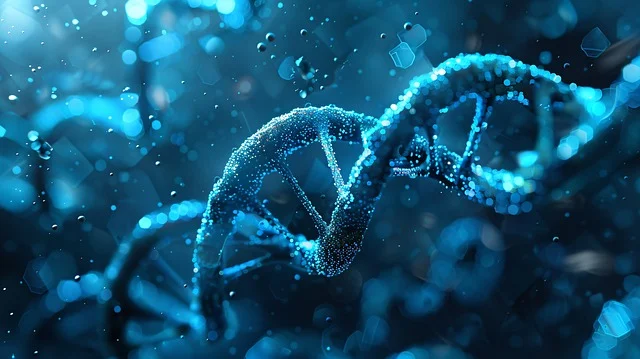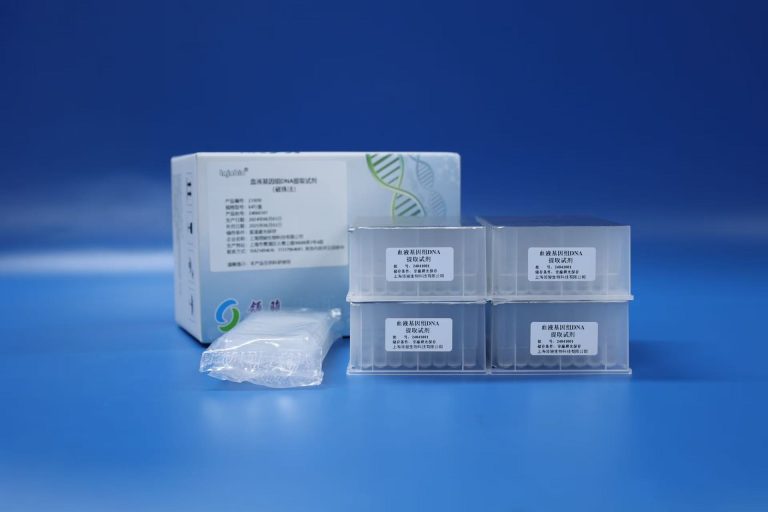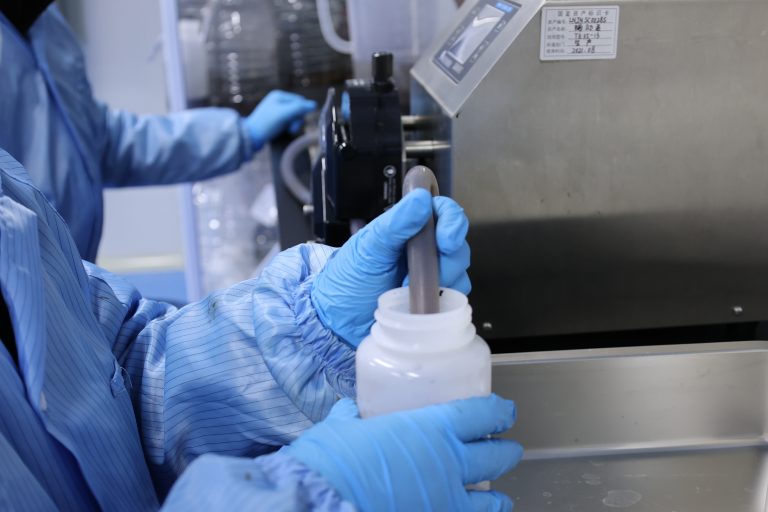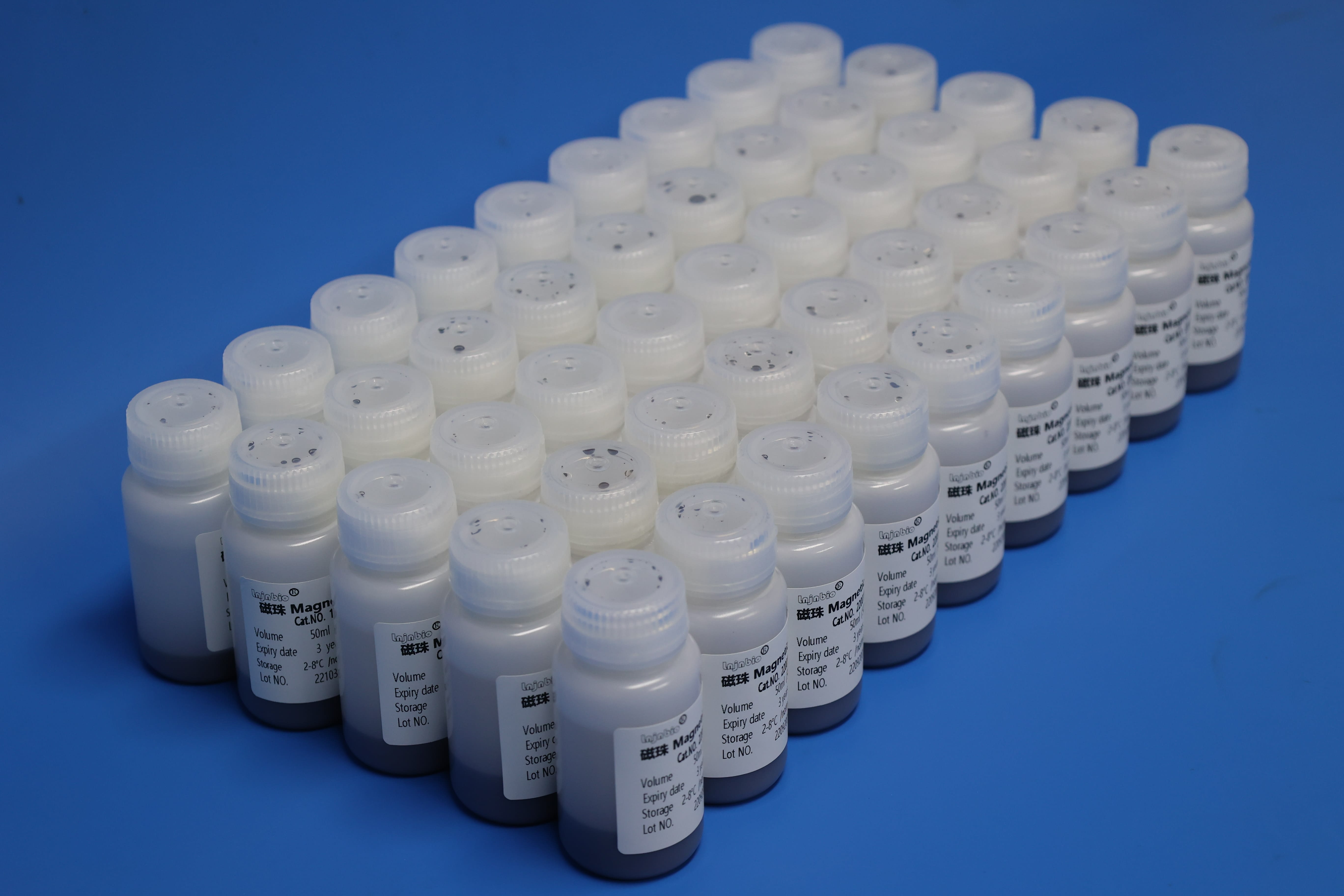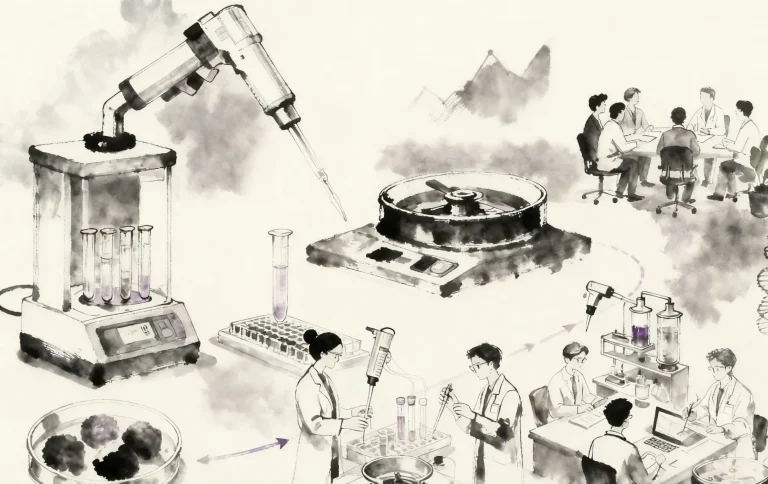Professional Manufacturer of Biomagnetic Beads

The pH Defense Strategy: Nanoscale Tactics for Maintaining Sterility in Silanol-Functionalized Magnetic Beads during Aqueous Storage!
Chapter 1: The Microbial “Comfort Zone” – Why Bacteria Prefer Neutral pH
When silanol magnetic beads are stored in pure water, microbes experience a “five-star spa resort”:
pH 6.5-7.5: Optimal bacterial proliferation zone (E. coli divides every 20 minutes!)
Neutral water = microbial paradise: Nucleic acid residues + dissolved oxygen ≈ Microbial all-you-can-eat buffet..
SEM evidence: Magnetic Beads stored in pH 7.0 water for 3 weeks developed bacterial lawns dense enough for a “nanoscale grassland” exhibition (lab technicians hosted a tearful microbial photography contest).
Chapter 2: Weak-Acid Sterility Shield – Magnetic Beads in “Invisible Acid Armor”
Scientific principle: Not lethal, but makes survival intolerable!
▶ Triple Antimicrobial Strike
| pH Condition | Bacterial Viability | Magnetic Bead Integrity | Mechanism |
| pH 7.0 | 100% thriving Fully stable | Bath-level relaxation | The rate of bacterial division>a rocket |
| pH 6.0 | Plummeted to below 10% | Bebuddled state | Proton attack on membrane proteins |
| pH 5.0 | <1% clinging to life | Frown and endure | H⁺degrading enzyme activity |
Empirical proof: E. coli survival in pH 5.0 acetate buffer ≈ polar bear’s survival odds in Sahara Desert.
Chapter 3: The Acid-Balance Artistry – Sterility vs. Performance Preservation
Critical pH range for silanol magnetic beads: 5.5-6.5!
Insufficient acidity (pH>6.5): Bacterias hold a party, magnetic beads become bacterial beds
Excessive acidity (pH<5.0): Silica shell corrosion and causing the magnetic core to leak air.
Weakly Acidic Preservation Solution Formula:
Sodium Acetate Buffer (20mM, pH 6.0) ← Precision pH control
+ 20% Ethanol ← Dehydration agent
+ 0.05% ProClin™300 ← Antimicrobial defender
= Microbial annihilation cocktail!
Validation: Magnetic Beads stored 2 years showed <3% nucleic acid recovery decline and the surface appears as smooth and shiny as new (fungus: These magnetic beads are like an impregnable fortress!)
Chapter 4: Laboratory pH Adjustment Protocol
❌ Prohibited Practices:
⚠️ Direct vinegar addition: Causes stress-induced silica cracking
⚠️ Aggressive HCl use: Localized corrosion creates silica gel aggregates
✅ Professional Techniques:
Buffer control: Acetate/citrate buffers (pH 6.0±0.1) with superior stability
Gradual acidification:
Step 1: Adjust suspension to pH 7.0
Step 2: Add 0.1M acetic acid incrementally (0.2 pH units per 10 min)
Continuous monitoring: Immersed pH probe prevents CO₂ interference
Ultimate Validation: QC “Acidity Judgment”
Every preservation solution must pass:
Microbial prison challenge: E. coli incubated 48h at 30°C – >0.1% survival? Formula developer drinks vinega for a week!
Magnetic Bead endurance test (after 3-month accelerated aging):
Silica dissolution <0.5% (SEM-verified)
Magnetic response decay <5%
QC Verdict: “pH-noncompliant solutions belong in drain pipes!”
Conclusion: Weakly acidic antibacterial – Nanoscale Precision Warfare
By locking microbes in pH 6.0 acidic suppression,
dehydrating them with ethanol,
and delivering ProClin™300’s lethal strike –
Microbial epitaph: “Next life…I want to be reborn as a pH test strip!”
Place your order without hesitation today!
Supplier
Shanghai Lingjun Biotechnology Co., Ltd. was established in 2016 which is a professional manufacturer of biomagnetic materials and nucleic acid extraction reagents.
We have rich experience in nucleic acid extraction and purification, protein purification, cell separation, chemiluminescence, and other technical fields.
Our products are widely used in many fields, such as medical testing, genetic testing, university research, genetic breeding, and so on. We not only provide products but also can undertake OEM, ODM, and other needs. If you have a related need, please feel free to contact us .

